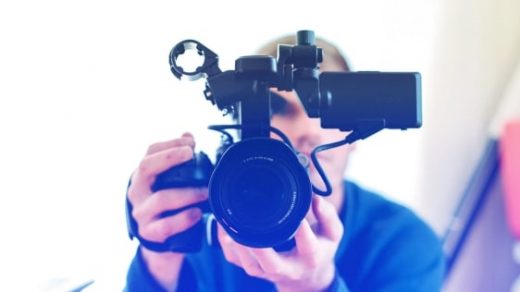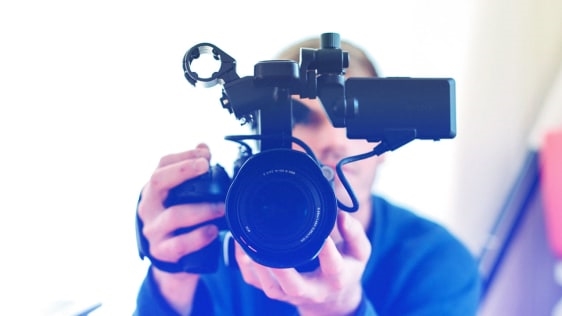How Vimeo Is Preparing For The Future Of Video Storytelling
If a recent workshop run by Vimeo during The Fast Company Innovation Festival is any indication, we’ve only just begun to push the boundaries of storytelling through video.
Fresh off a recent acquisition of the streaming company Livestream, Vimeo CEO Anjali Sud invited the audience to partake in a research-and-development experiment. The crowd split up into four groups, and each went off to brainstorm a different aspect of future storytelling.

The premises of each of the groups were fascinating:
- The average human will one day create two hours of video per day.
- Video in the future will be 3D and fully immersive.
- Phones and VR/HR headsets will become invisible.
- The creative process will be democratized by artificial intelligence.
All of Sud’s workshop hypotheticals were based on analysis of where tech trends are heading—and all of these would have probably sounded like the stuff of science fiction less than a decade ago.
Once divided up, the groups let fly with a blue-sky session on challenges and potential solutions related to the topic at hand. Each member in each group jotted down ideas on Post-It notes, and then placed them on a whiteboard.
“Imagine going to a live concert, and being able to walk around the stage and see performers up close,” said Casey Pugh, head of Vimeo’s Creator Labs. “What type of events could benefit from this technology?”
Everyone then chimed in with other ideas exploring the possibilities of fully immersive video. Is this technology customizable? Is there real-time editing? Could the experience of filming live events be gamified? After each person spoke, other attendees would piggyback off previous suggestions, until Post-It notes filled up most of the available real estate on the board.
Eventually, all the groups reconvened and presented their democratically elected challenges and solutions to the tech problems of the future.
Some of the ideas involved:
- Helping creators meet collaborators in a virtual world (users would have sharable production hubs and Tinder-like matching capabilities, based on styles and interests).
- Using technology to advance empathy (Day In the Life-style documentaries filmed with invisible VR headsets).
- Coming up with ways to categorize and organize content (partly by refining the visual language used to describe some of the two hours of video people will apparently be making every day in the future).
- Ensuring that AI-assisted videos don’t seem cookie-cutter generic. (Vimeo could lead a coalition that sets industry standards, limitations, and guidelines for AI.)
Perhaps none of the ideas born during the session will end up being used, but the exercise revealed the kind of serious consideration Vimeo is committing to tomorrow’s storytelling tools.
“We envision a world where every story can be beautifully told,” Sud said, “and we’re constantly brainstorming ways in which Vimeo can help.”
Fast Company , Read Full Story
(44)














